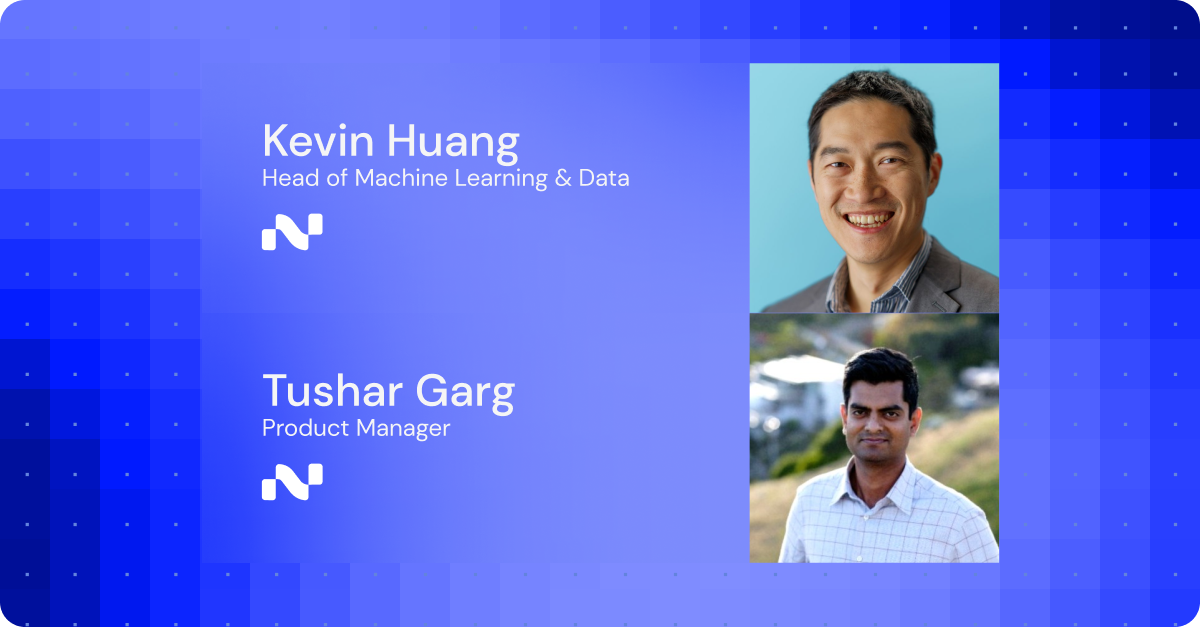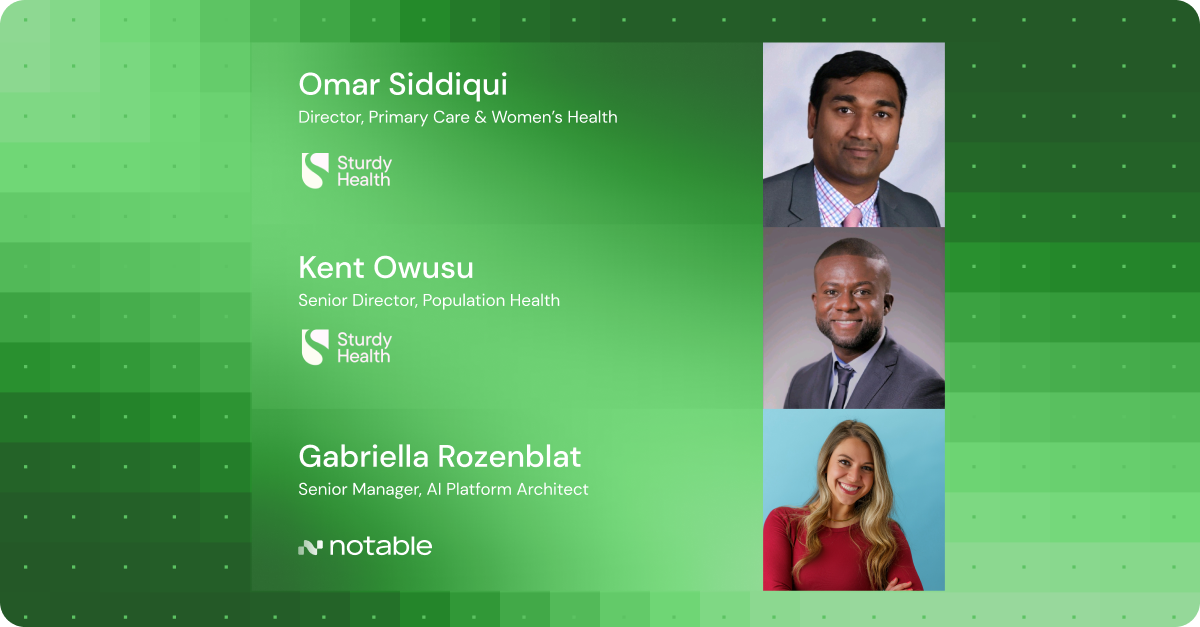The following discussion is an excerpt from episode 3 of the Notable Perspectives podcast, featuring Puneet Singh, CEO of Quartet Health. This transcript has been edited for brevity and clarity.
Muthu Alagappan, CMO at Notable: You are expecting to double the size of your care delivery organization in the next year. How do you think about technology in terms of growing the number of patients you can serve, without proportionally growing the number of support staff and administrative work that you have to perform?
Is automation on the roadmap for you all?
Puneet Singh, CEO of Quartet Health: The short answer is yes. A big part of what we're working on is building an appropriate intake and triage process.
Imagine a world where you, as a patient, can use your own phone or computer, do a simple intake of your needs, your demographics, what you're looking for, and complete some simple assessments that are clinically effective and standardized. Doing that gives you the ability to understand what your needs are.
If you have a critical need, that gets escalated to a higher level resource. If you don't, you may never need human intervention. You can be routed to technology that serves your needs and everything in between. The ability to start with some level of self-service capability is really powerful for a patient.
I would go as far as saying a lot of healthcare delivery is antiquated — walking physically into a physician practice, filling out all the paperwork and forms by hand, scanning your insurance card, getting all these different bills afterwards... I just don’t think that’s the way the process will work in the long run. Automating those things allows team members to do the highest quality labor and operate at the top of their license.
Just like in other industries, automation is coming for healthcare. And it’s going to be a better patient experience.
Muthu Alagappan: Two of the big trends that I think a lot of people are quite worried about are the growing administrative burden and the corresponding labor shortages or increases in labor cost. As a CEO of a company that delivers care, are these two of the bigger challenges you see in the industry or are there others that are out there that you find more pressing?
Puneet Singh: No question. I was just with our leadership team today and we were talking about how hiring in any other industry is probably easier. When you hire and attract great talent in healthcare, especially clinicians, you have to factor in several things.
One is they have to be the right cultural fit. Quality is so important, and there's no question that there's a shortage of mental health providers in the country. During this clinician shortage, as labor costs are going up, the demand is not shrinking.
There's more demand than supply. A big part of what we do at Quartet is match supply and demand because not every patient needs the highest acuity care setting, and not every patient needs every type of team member.
We work to understand holistically what the patient’s needs are so that they get matched with the right provider. That's really critical because if every patient gets matched with the same type of provider, you're going to have huge access issues.
So that's one piece. This is where technology, data, analytics, and care coordination becomes so critical. If you have a shortage of providers, not only do you have to match the right patient with the right provider, you have to make sure the provider is being used for the top of their license.
What does that mean? A patient with a more mild condition may actually benefit from Cognitive Behavioral Therapy, but using digital, self-serving tools. They may not need to see a psychiatrist or medication.
We have to have these types of tools in our toolkit because patients have different needs. To respond to that, we need an arsenal of clinically proven tools, and then we need to measure the efficacy of those tools. And without those tools, frankly, I don't think we're ever going to be able to meet patient demand.
Listen to the full episode on Apple, Spotify, YouTube or wherever you listen to podcasts. Follow Notable on LinkedIn for updates.









